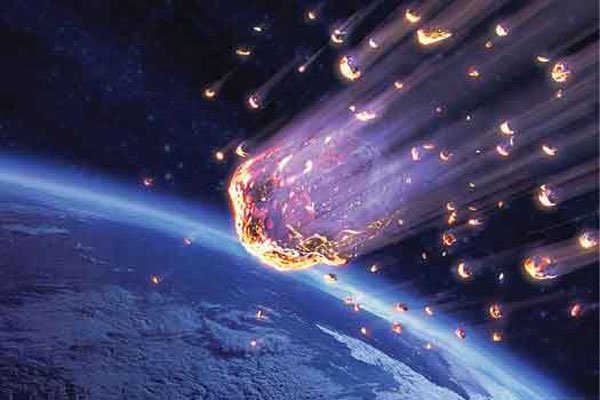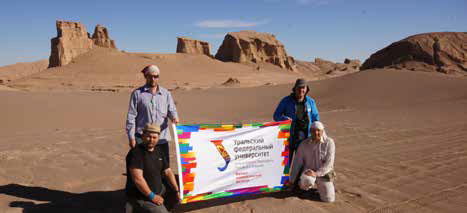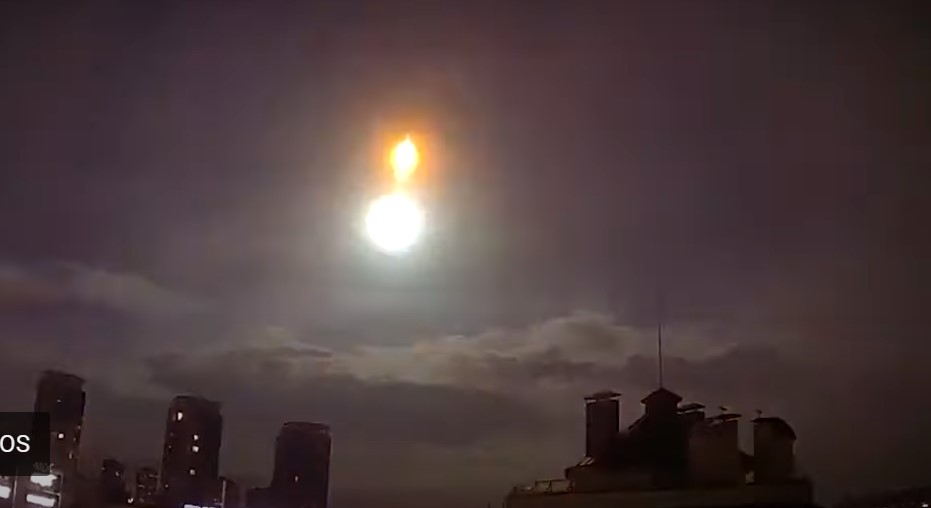Iranian deserts are not onl rich in oil and gas, but also in extraterrestrial matter.
In January 2017, four UrFU researchers spent 10 days in the Lut desert, Iran and managed to find 12-14 kilograms of samples, which have characteristics similar to meteorites.

According to the head of the expedition, part of the samples was left in UrFU’s partner university in Iran – Shahid Bahonar University of Kerman – for further studies. Stones have also been brought back to UrSu at Ekaterinburg for further studies.
According to visual and magnetic analysis, the fragments of rock found are to 90% of extraterrestrial origin. The largest found meteorite weighes 10 kilograms – in different fragments – and the biggest meteorite brought to UrFU weights 2 kilograms.

If those rocks are really meteorites, they date back up to 4.5 billion years ago, when the solar system formed.
In order to determine the age of the space rocks, the scientist should consider when a fragment was formed in space, when it split from its parent body and how much time has it spent on Earth.












I disagree, look at https://thehumanevolutionblog.com/2015/01/27/the-moral-codes-of-other-human-species/ Toby